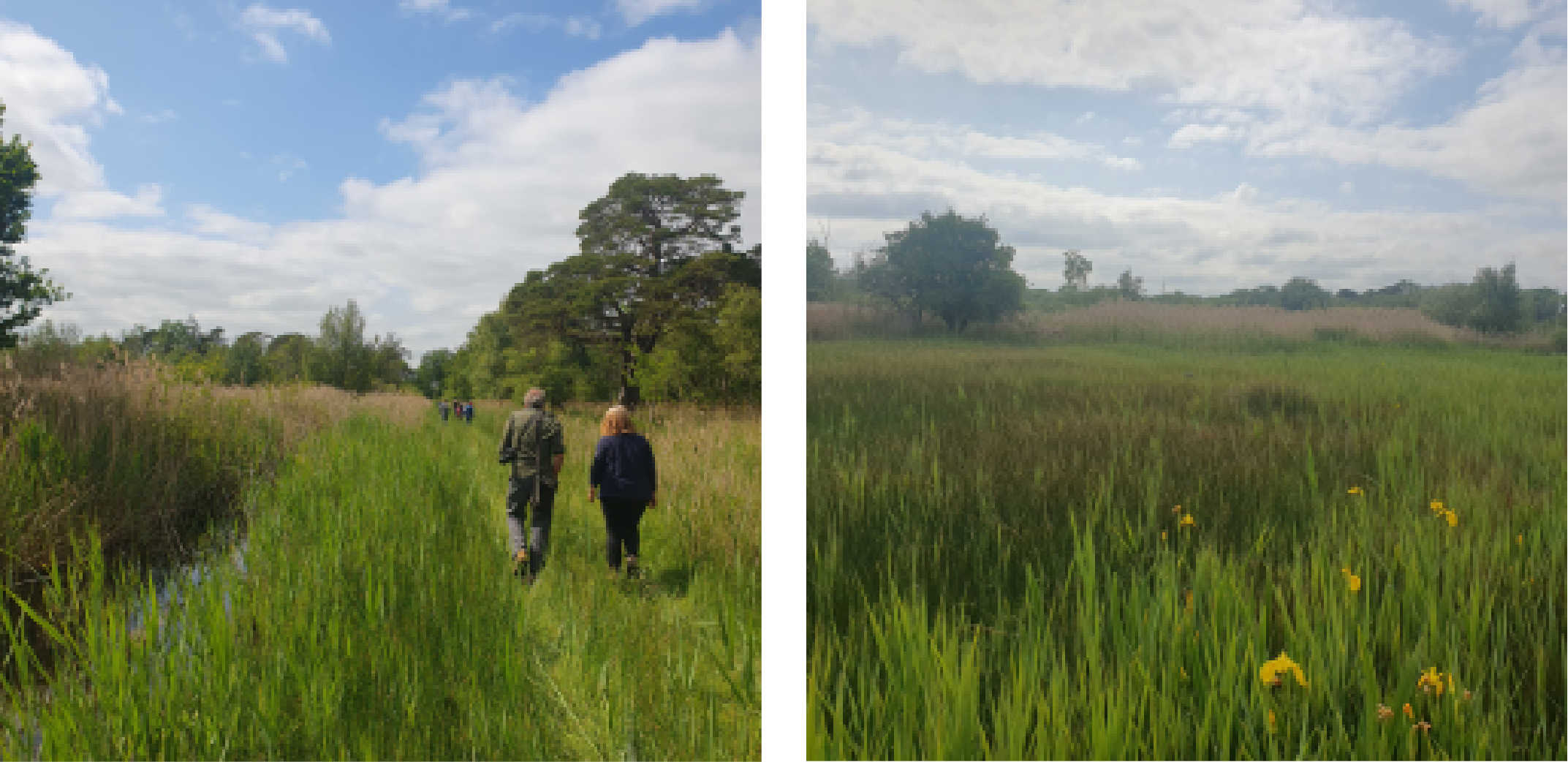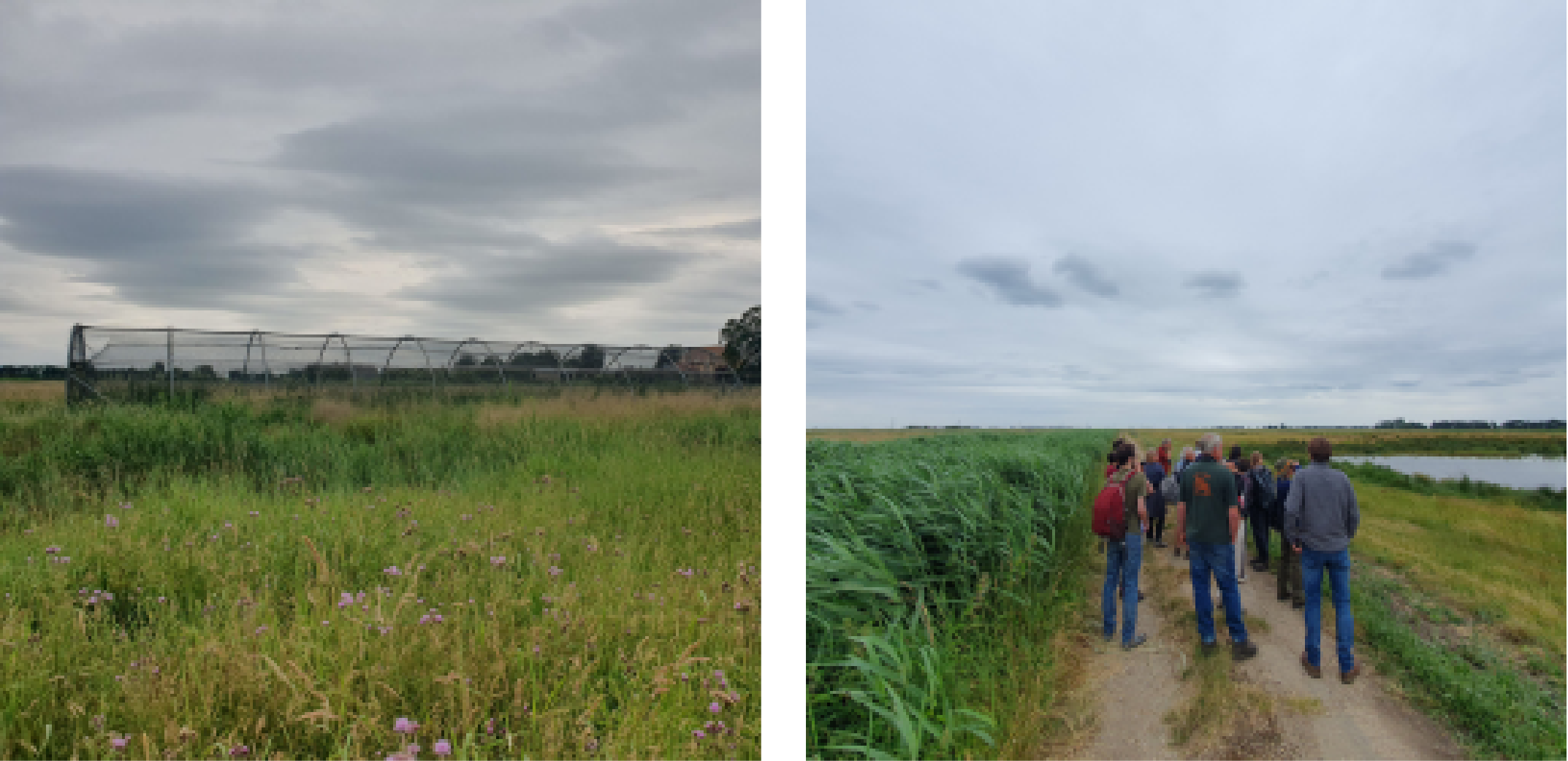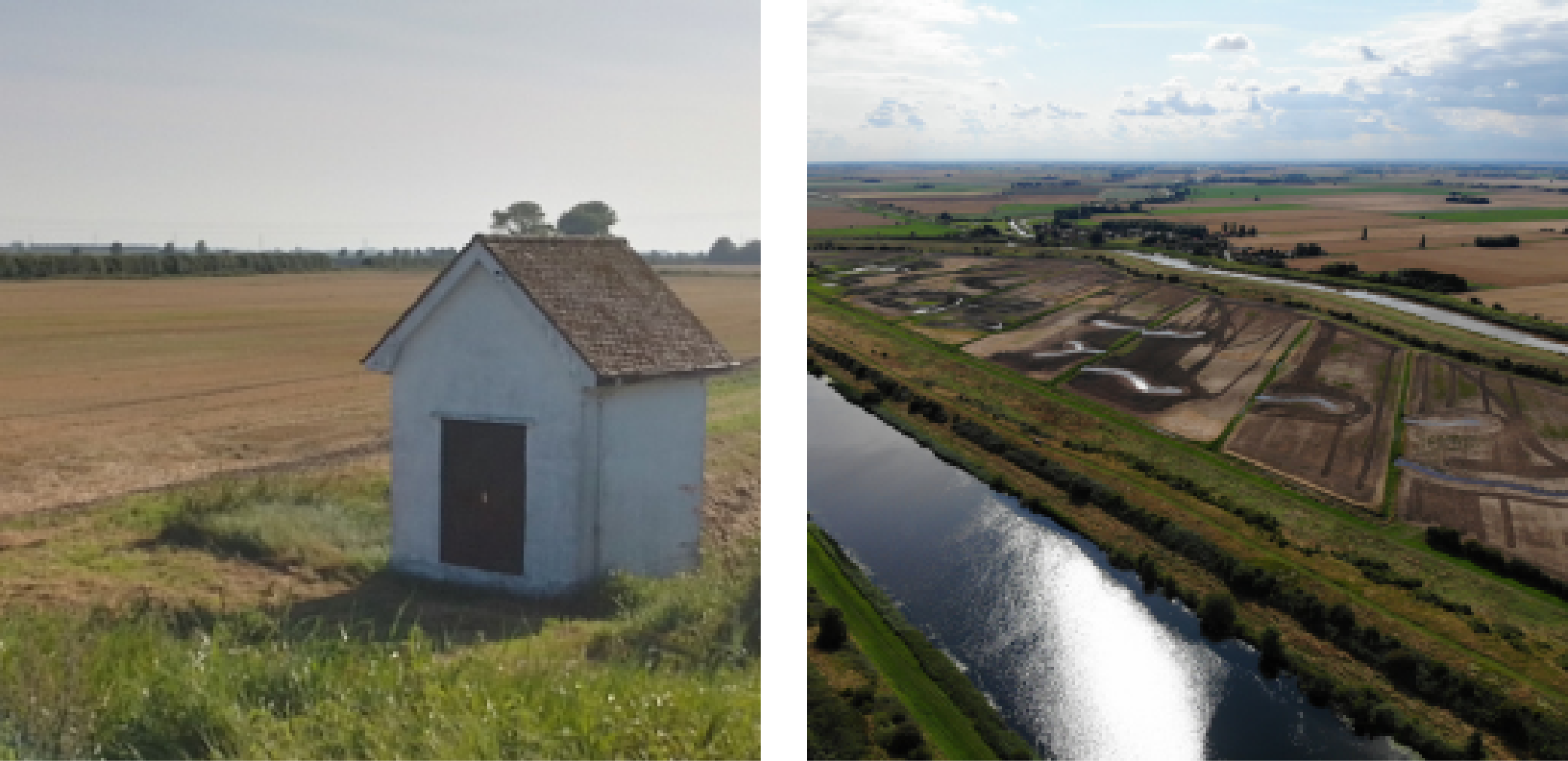Fenland Conservation Network

Chippenham Fen, By Vanessa Cutts, 2023
We're improving our understanding of managing the Fens for biodiversity by fostering the exchange of knowledge among local experts.
Evidence from scientific studies can tell us what works and what doesn’t when it comes to Fenland biodiversity conservation. But the tips, tricks and hacks for managing the Fens at the local level come from people with experience.
Farmers, reserve managers and land managers have a wealth of knowledge about how to manage their land for biodiversity conservation. That knowledge could be highly useful not only to their neighbours, but also to other managers with similar sites globally.
Our goal is to facilitate the sharing of this knowledge and complement it with scientific evidence, from such things as the Conservation Evidence database.
How was the knowledge shared?
We organised a series of site visits to wetland sites in the Fens that have undergone, or are in the process of, regeneration. Attendees included farmers and staff from the Wildlife Trust, RSPB, WWT and Natural England. We called this the Fenland Conservation Network.
Before each site visit, the site’s host identified areas where they needed advice and prepared a set of questions. These included:
- “Should we fell trees or let them fall naturally?”
- “Should we continue to intensively manage for one bird species to the detriment of others?”
- “How can I increase invertebrate numbers at my site?”
The host then took us on a guided tour of their site, stopping for discussion at relevant landmarks along the way.
Discussions were fruitful and all attendees put forward ideas and suggestions (and usually more questions) about how best to manage wetlands for biodiversity. Reports on lessons learned, combining local knowledge and scientific literature, are available on the top right of this page.
Chippenham Fen:
Chippenham Fen is a National Nature Reserve which consists of undrained, semi-natural fen. The reserve managers want to make the site wetter but were seeking advice on the most appropriate ways to do this.

Lady Fen:
Lady Fen, part of the WWT Welney nature reserve, was converted from arable farmland to wet grassland in 2007. A headstarting programme for black-tailed godwits has taken place at Lady Fen, whereby the chicks are reared and released on site. This sparked a discussion about predation on waterbirds and ways in which this can be prevented.

Ouse Bridge Farm:
Currently, 10% of the land at Ouse Bridge is managed for conservation, with three sites that have been converted to wet grassland through agri-environment schemes. Discussions centred around how to manage the water levels for invertebrates, and how to manage the invasive New Zealand pygmy weed (Crassula helmsii)

